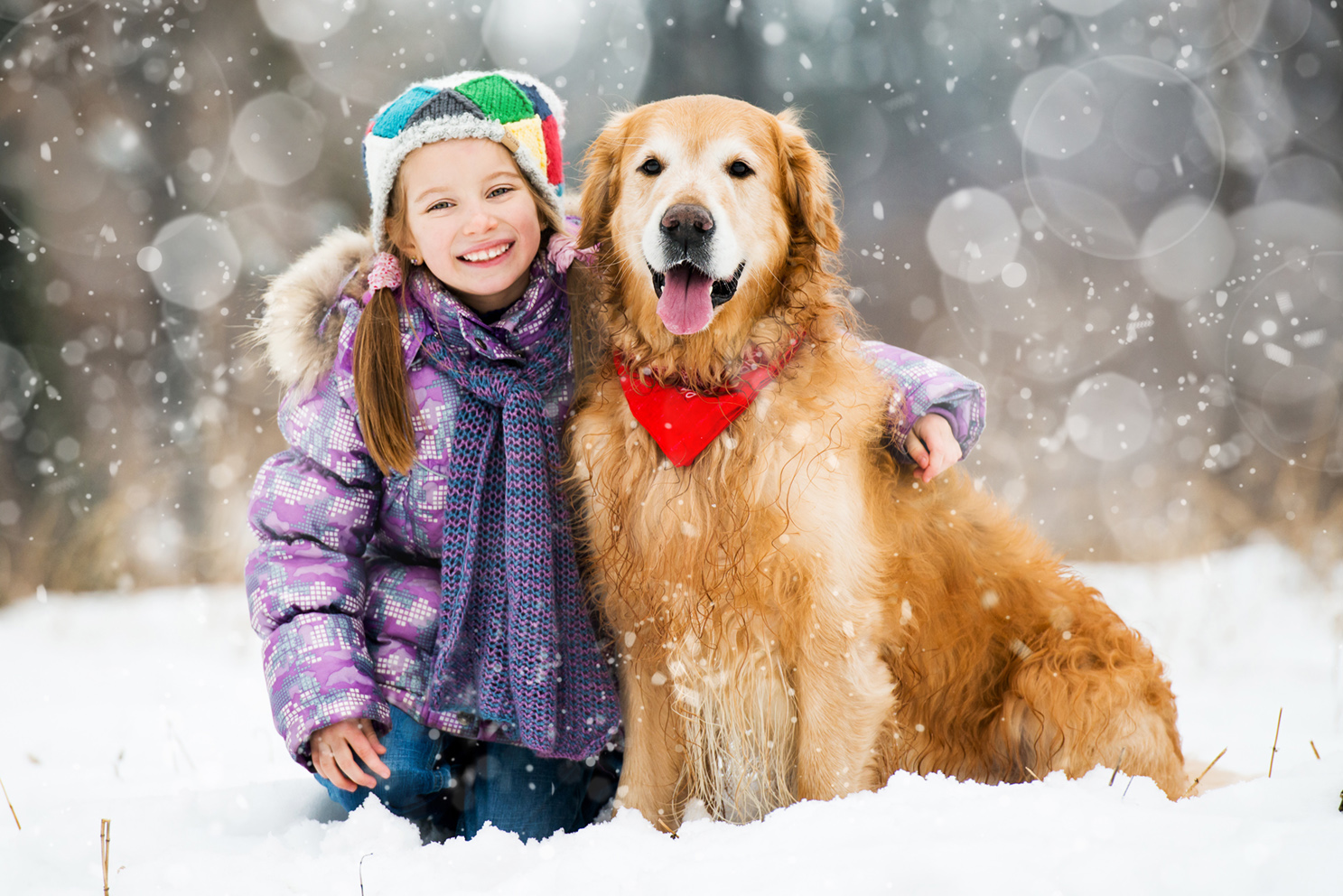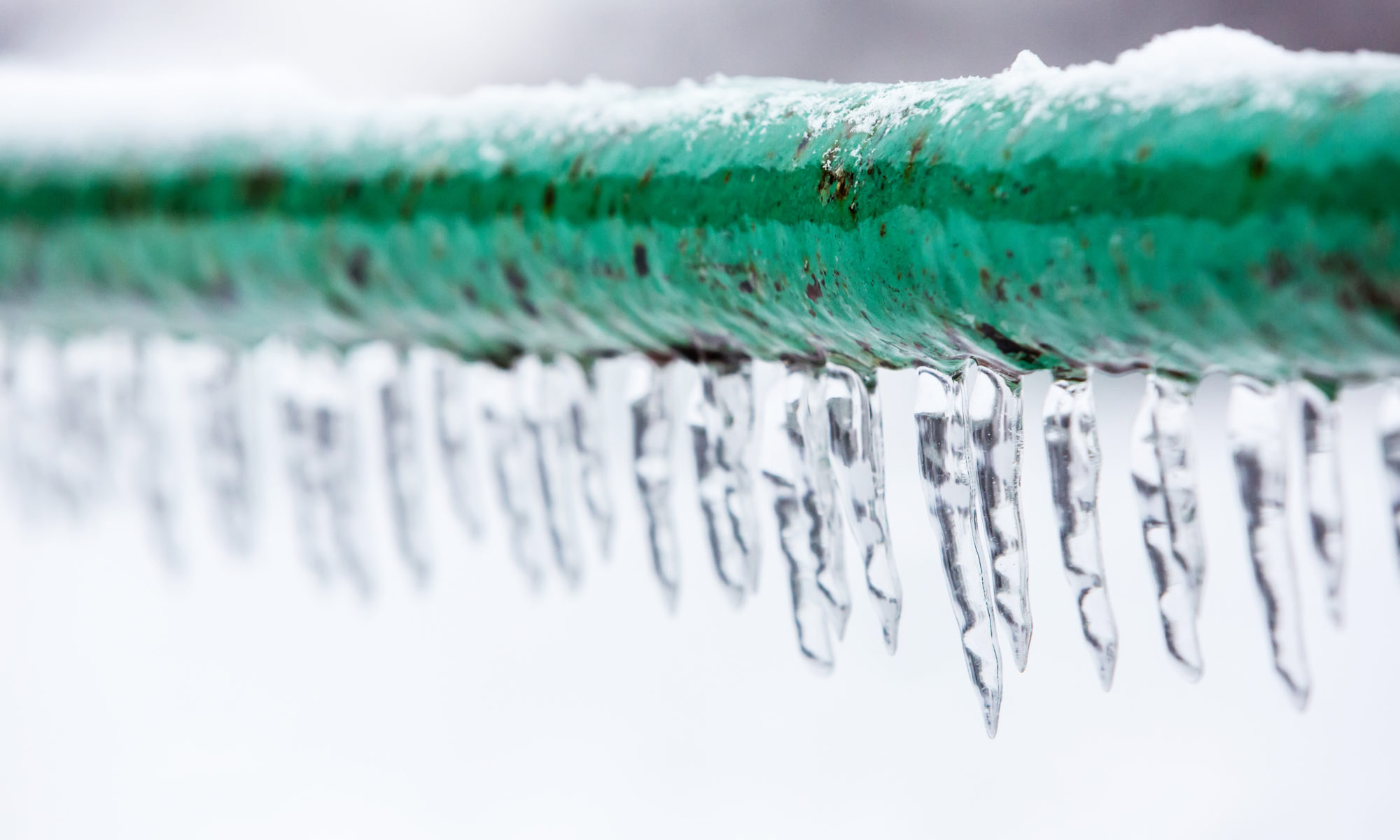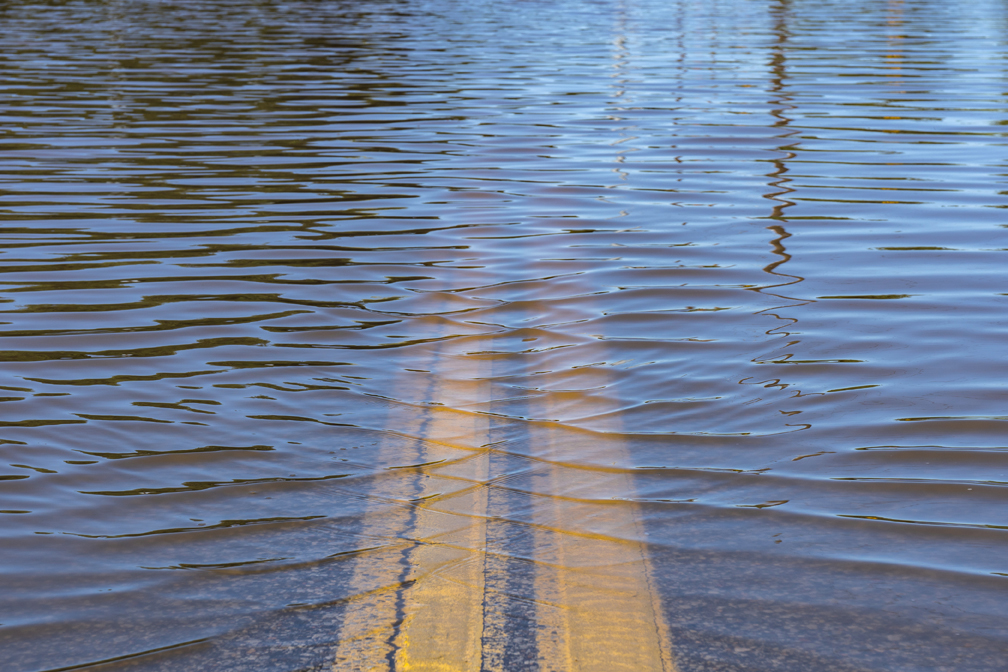Some pets are more susceptible to the cold than others. Know your companions limits and keep pets safe!
Short hair, thin, old, or very young pets can get cold quicker so be sure to adjust the time you let them stay outdoors. Consider a sweater or coat to help keep pets safe from the elements such as hypothermia or frostbite which can pose major risks to pets in the bitter cold. If it’s too cold for you, it is likely too cold for your furry friends.
Wipe their paws
Walking in snow can cause your pets paws to pick up toxic things like salt, antifreeze or de-icer’s. Be sure to wipe their paws to keep them from tracking indoors or lick it it off and becoming sick. Take time to check their paws for cracks or bleeding when you wipe. Consider using pet-safe de-icer’s for an added level of safety.
Leash your pet
More than any other season, pets become lost due to fresh snowfall disguising scents that our pets normally use to find their way home. If you do become separated from your pet, make sure their collars have up-to-date contact information and be certain to microchip them.
Stay away from ice
While walking your pet, be sure to avoid frozen ponds and lakes. Dogs are curious but letting them wander onto ice can be dangerous if the ice were to break and your fluffy friend were to plunge into frigid water. Avoid the ice, it’s not worth it.
Leave Fido at home
We all know that hot cars are bad for our pets—so is extreme cold! Leave your pet at home, and, if you must take them for a ride, never leave them unattended.
Gimme Shelter
It is ideal for all pets to live inside. If your pet lives outdoors primarily, it is wise to bring them indoors during sub-zero weather. Pets need a dry, draft-free shelter large enough to sit or lay down comfortable but small enough to contain body heat. The floor of the shelter should be raised off the ground by several inches and covered with straw to insulate against the cold. Pets who spend more time outdoors in winter also require more food for energy to stay warm. Be sure to replace that energy being spent to stay warm by supplying extra food and never serve water or food in metal bowls when temps are low as their tongues can become stuck to the metal.
Emergency Kit for Fido
Winter can bring some bitter cold and extreme storms that can cause power outages. Be sure to have an emergency plan that includes your pets care. Emergency kits that provide for food, water, and medication to last a minimum of five days is best. Hopefully, you will never need it but if you do, you’ll be thankful you planned ahead.
Most of you know, Advance Restoration has a special love for pets, housing up to five dogs in our office on a daily. Take care, and enjoy the outdoors with them safely.


















